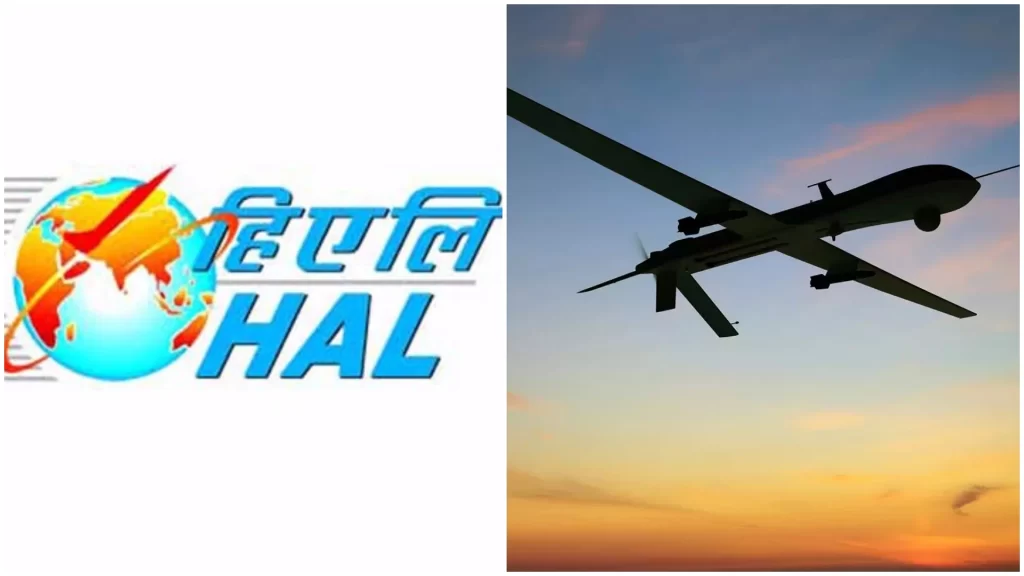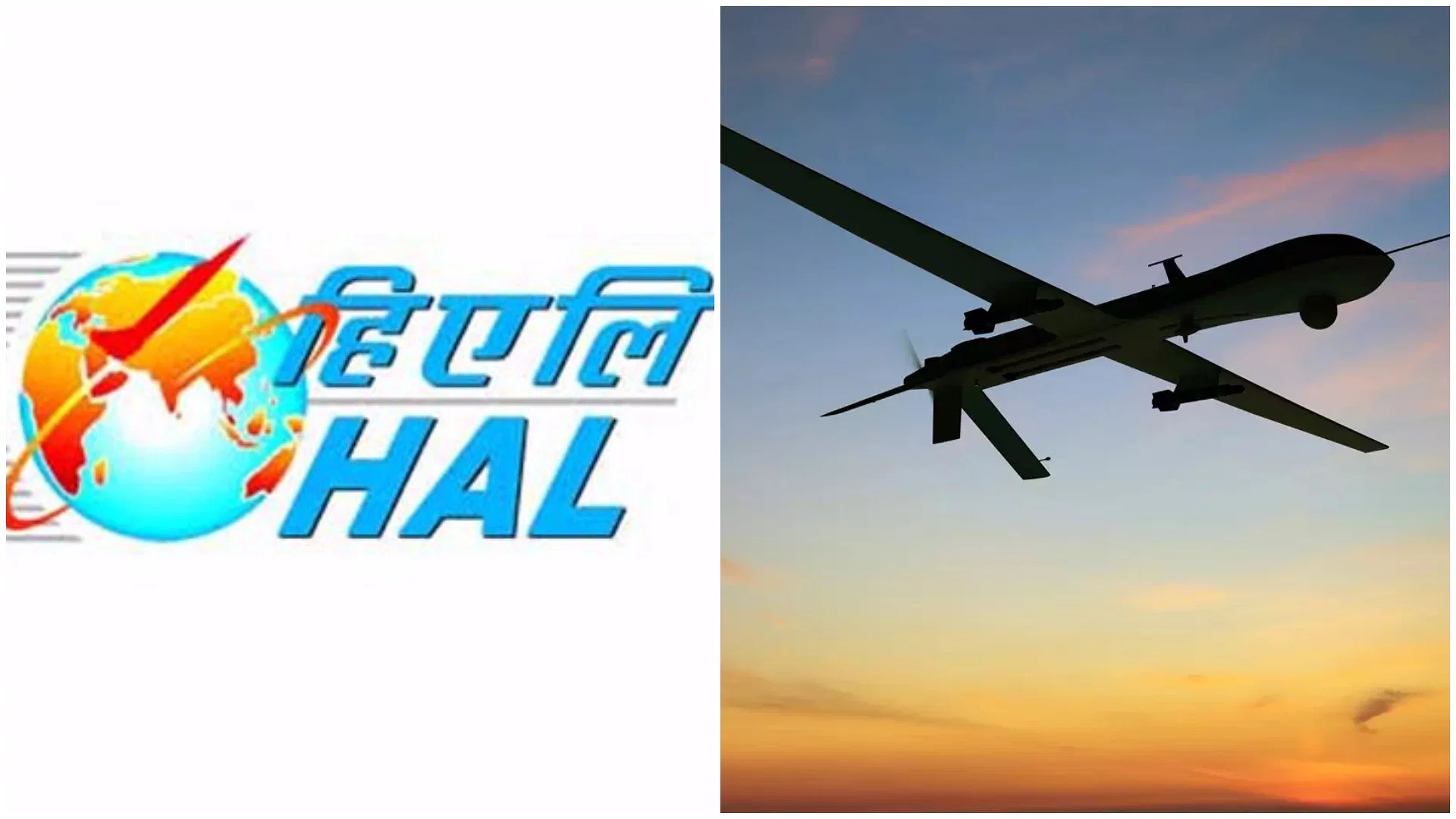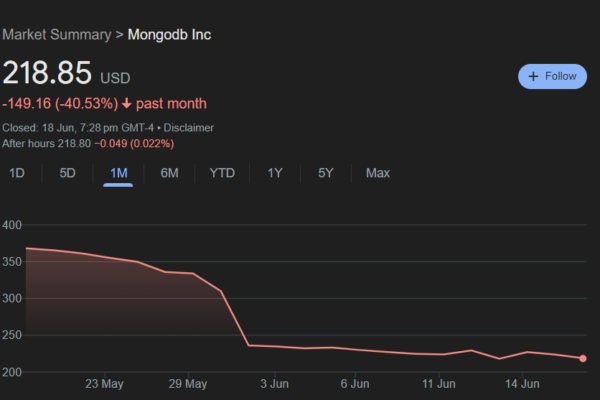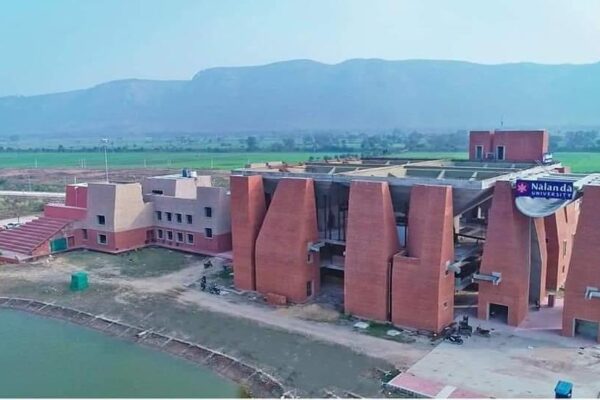
HAL Company: Soaring High in Aerospace and Defense
Hindustan Aeronautics Limited (HAL), a state-owned aerospace and defense company, has been at the forefront of India’s technological advancements in the aviation and defense sectors for over eight decades. Established in 1940 as Hindustan Aircraft Company, HAL has evolved into a multifaceted organization, catering to the diverse needs of the Indian Armed Forces and civil aviation sector. With its unwavering commitment to innovation, excellence, and self-reliance, HAL has etched its name as a pioneer in the global aerospace and defense industry.
The Formative Years
HAL’s genesis can be traced back to the pre-independence era when the Indian aviation industry was in its infancy. During World War II, the Allies recognized the strategic importance of establishing an aircraft manufacturing facility in India to support the war efforts. In 1940, the Hindustan Aircraft Company was established in Bangalore (now Bengaluru), with assistance from the United States.
The early years were marked by the production of military aircraft under license from foreign manufacturers, including the Harlow Trainer, Hawker Hurricane, and Vultee Valiant. These initiatives laid the foundation for India’s foray into the aviation industry and catalyzed the development of indigenous capabilities in aircraft design, manufacturing, and maintenance.
Post-Independence Growth and Diversification
After India gained independence in 1947, the Hindustan Aircraft Company was nationalized and renamed Hindustan Aeronautics Limited (HAL) in 1964. This transformation marked a pivotal shift in the company’s trajectory, as it embarked on a journey to establish itself as a self-reliant and technologically advanced aerospace and defense entity.
HAL’s product portfolio expanded rapidly, encompassing a wide range of aircraft, helicopters, engines, and associated systems. The company played a crucial role in the production and maintenance of various fighter jets, transport aircraft, and helicopters for the Indian Armed Forces, including the HF-24 Marut (India’s first indigenous fighter jet), the Ajeet, and the Gnat.
Recognizing the strategic importance of self-reliance, HAL invested heavily in research and development (R&D) activities, establishing state-of-the-art facilities and collaborating with renowned academic institutions and research organizations. These efforts paved the way for the development of indigenous technologies and innovations, enabling HAL to reduce its dependence on foreign suppliers.
Flagship Products and Achievements
HAL’s journey has been marked by numerous groundbreaking achievements and the development of world-class products. One of the company’s crowning jewels is the Tejas, a multi-role light combat aircraft designed and developed indigenously. The Tejas program, initiated in the 1980s, showcased India’s technological prowess and marked a significant milestone in the country’s pursuit of self-reliance in the aerospace sector.
Alongside the Tejas, HAL has contributed significantly to the development of other cutting-edge aircraft and helicopters, such as the Light Combat Helicopter (LCH), an attack helicopter designed to meet the specific requirements of the Indian Armed Forces. The Advanced Light Helicopter (ALH) Dhruv, a multi-role utility helicopter, has also gained international recognition for its versatility and performance.
In addition to aircraft and helicopters, HAL has made significant strides in the design and development of aero-engines, avionics systems, and associated systems, further strengthening its position as a comprehensive aerospace and defense solutions provider.
Research and Development Initiatives
HAL’s success is underpinned by its strong commitment to research and development (R&D) activities. The company operates several state-of-the-art R&D centers and laboratories across India, employing a team of highly skilled scientists, engineers, and researchers. These facilities are dedicated to exploring cutting-edge technologies, developing innovative solutions, and fostering collaboration with academic institutions, research organizations, and industry partners.
One of HAL’s flagship R&D initiatives is the Design and Development of State-of-the-Art Regional Transport Aircraft (DDSART) program, which aims to develop a 90-seater regional transport aircraft to meet the growing demand for efficient and cost-effective regional air connectivity in India. This program showcases HAL’s ambition to become a leading player in the civil aviation sector, in addition to its well-established presence in the defense domain.
Collaborations and Joint Ventures
To further enhance its capabilities and leverage global expertise, HAL has forged strategic collaborations and joint ventures with leading international aerospace and defense companies. These partnerships have facilitated knowledge transfer, technology sharing, and joint development of advanced products and systems, enabling HAL to stay at the forefront of innovation.
One notable collaboration is the joint venture between HAL and Russia’s Rosoboronexport, which led to the establishment of the Multi-role Transport Aircraft Limited (MTAL) for the co-development and production of the Ilyushin Il-112V light transport aircraft. This collaboration exemplifies HAL’s commitment to leveraging international partnerships to strengthen its product portfolio and expand its global footprint.
Additionally, HAL has partnered with leading global aerospace companies such as Boeing, Safran, and Rolls-Royce for various projects, including the co-development of aero-engines, avionics systems, and aircraft components. These collaborations have not only enhanced HAL’s technological capabilities but have also fostered knowledge exchange and cultural integration, fostering a global mindset within the organization.
Contribution to National Security and Self-Reliance
HAL’s contributions to India’s national security and self-reliance in the aerospace and defense sectors are unparalleled. The company has played a pivotal role in equipping the Indian Armed Forces with state-of-the-art aircraft, helicopters, and associated systems, reducing the country’s dependence on imports and fostering indigenous technological capabilities.
The company’s products and services have been instrumental in supporting various missions undertaken by the Indian Armed Forces, including peacekeeping operations, humanitarian aid missions, and disaster relief efforts. HAL’s commitment to quality, reliability, and customer satisfaction has earned it a reputation as a trusted partner for the Indian Armed Forces and other defense organizations.
Furthermore, HAL’s efforts in developing indigenous technologies and systems have not only contributed to national security but have also catalyzed the growth of India’s aerospace and defense industries. The company’s success has inspired and encouraged other Indian companies and startups to venture into this field, fostering an ecosystem of innovation and self-reliance.
Manufacturing Capabilities and Facilities
HAL boasts an extensive network of manufacturing facilities strategically located across India, enabling efficient production and timely delivery of products and services. These state-of-the-art facilities are equipped with advanced manufacturing technologies, including computer-aided design (CAD), computer-aided manufacturing (CAM), and computer-aided engineering (CAE) systems, ensuring precision and quality in every step of the production process.
The company’s manufacturing capabilities encompass a wide range of processes, including airframe assembly, engine overhaul, avionics integration, and the production of composite materials and components. HAL’s facilities adhere to stringent quality control measures and have obtained prestigious certifications, such as AS9100, ISO 9001, and CEMILAC certifications, ensuring compliance with industry standards and customer requirements.
Workforce and Training
HAL’s success is driven by its highly skilled and dedicated workforce, comprising over 28,000 employees from various disciplines, including engineers, technicians, and professionals. The company places a strong emphasis on talent development and continuous learning, recognizing the importance of a highly skilled workforce in driving innovation and sustaining its competitive edge.
HAL operates several training institutes and academies, offering comprehensive programs in various areas, including aircraft maintenance, avionics, and manufacturing technologies. These training initiatives not only upskill HAL’s existing workforce but also contribute to the development of a talent pipeline for the aerospace and defense industries in India.
Furthermore, HAL actively collaborates with renowned academic institutions and vocational training centers to foster industry-academia partnerships, facilitating knowledge exchange and nurturing the next generation of aerospace and defense professionals.
Diversification and Future Prospects
While HAL has established itself as a leader in the aerospace and defense sectors, the company has also diversified its operations to explore new avenues of growth and opportunity. One such area is the development of unmanned aerial vehicles (UAVs) and associated systems, catering to the growing demand for advanced surveillance, reconnaissance, and combat capabilities.
HAL has also ventured into the civil aviation sector, recognizing the potential for growth in this domain. The company’s initiatives in developing regional transport aircraft and expanding its maintenance, repair, and overhaul (MRO) services aim to capitalize on the burgeoning civil aviation market in India and beyond.
Looking ahead, HAL remains committed to driving innovation, enhancing its technological capabilities, and strengthening its position as a global leader in the aerospace and defense industries. The company’s focus on research and development, strategic collaborations, and talent development positions it to tackle the challenges of the future and contribute significantly to India’s technological and economic progress.




